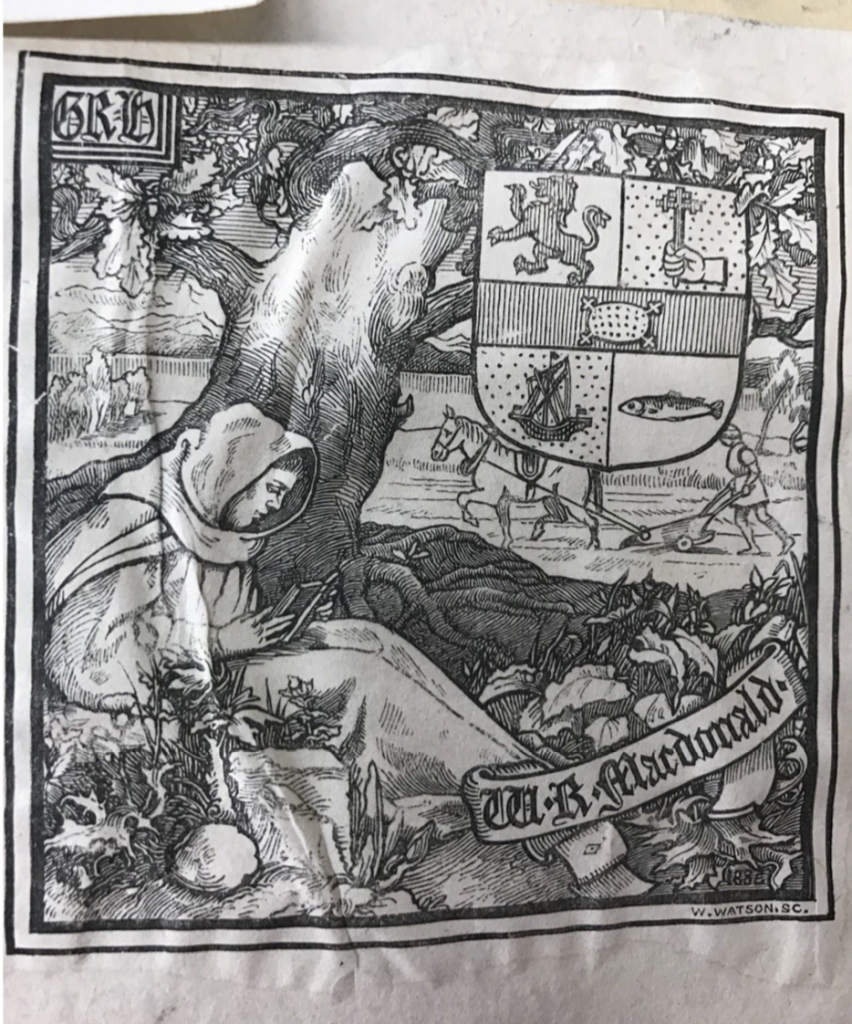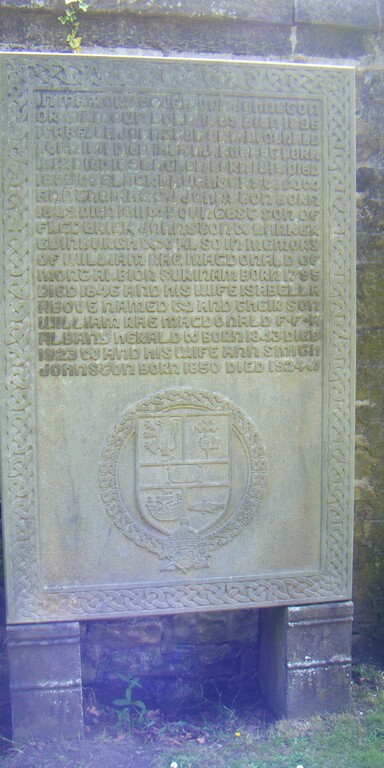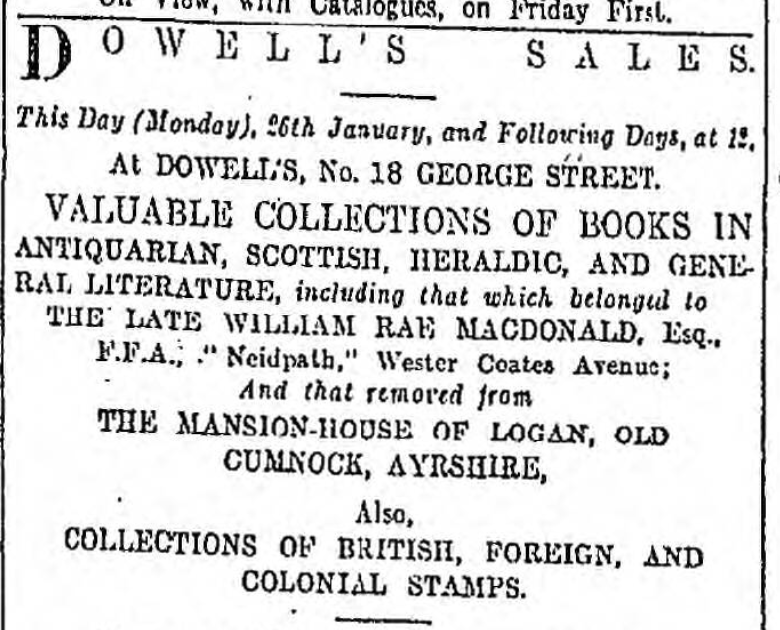Y’all, this semester has been wild. That’s the hip way to describe this experience, yes? If you, hypothetical reader, told me in January that I’d spend a week in New York and many hours sorting through someone else’s mail, I’d do a spit-take. But I did both of those things!
The Morgan Library was a highlight of my undergraduate career. The experience of working within a fancy as hell research library is incredibly valuable, not to mention that I was able to practice handling other manuscripts! None of the Books of Hours that I went through shed new light on the Hargrett Hours, but the ability to process that information manually, as opposed to digitally, made the research even more enjoyable.
 The “sorting through someone else’s mail” part needs a bit of explanation, as its the only aspect of my research that I’ve yet to publicly write about.
The “sorting through someone else’s mail” part needs a bit of explanation, as its the only aspect of my research that I’ve yet to publicly write about.
As a side project, I decided to spend some time researching the bookplate within the front cover of the Hargrett Hours. Miranda from the Fall 2016 Codicology group already did the groundwork. She found records on Ancestry.com that identified W. R. Macdonald as William Rae Macdonald, and the CRH at the top left corner as C. R. Halkett, the man who designed this bookplate. He married one Anne Smith Johnstone in 1880, lived in Scotland, and published a translation of Napier of Merchiston’s Logarithms.
I enjoyed relative success while digging up information on William Rae Macdonald. In order to corroborate his identity, I matched his information in the available records of the Scottish Census from 1890 through 1920. Working from the recommendations given by the codicology

group, I used www.gravestonephotos.com to find an image of his gravestone that might corroborate the records on Ancestry.com. The image the kind people who oversee Gravestone Photos sent me the image of the Johnstone/Macdonald family monument from a cemetery in Midlothian, Scotland. You can see that the heraldry on the monument matches the heraldry on the bookplate. That specific design was specific to the union between the two families, which took the generic design of the Macdonald clan and added the cushion used by the Johnstone clan to represent the union of the two families. Fun fact: W. R. Macdonald, the son of W. R. Macdonald and Isabella Johnstone, almost certainly married his cousin.
The available paperwork shows that he spent his entire life in Scotland, though general travel cannot be accounted for. After his death in 1924, and that of his wife in 1925, parts of his collection was bequeathed: the National Gallery of Scotland received a portrait of Macdonald, along with other similar works. Other personal belongings were sold by an independent auctioneer, Dowell’s Ltd, according to a  listing in the Scotsman newspaper. Unless he sold or donated the manuscript during his lifetime, or bequeathed it to a certain individual or institution, any records from that sale would hopefully shed light on how the Hargrett Hours moved from Scotland to America.
listing in the Scotsman newspaper. Unless he sold or donated the manuscript during his lifetime, or bequeathed it to a certain individual or institution, any records from that sale would hopefully shed light on how the Hargrett Hours moved from Scotland to America.
Being unable to access those papers, I moved on to a benefactor of the University. My hope was that Felix Hargrett, the man for whom the Hargrett Hours and Rare Book Library are named, might be the answer. He kept detailed records of his correspondence, which were left to the university after his death and kept within the Special Collections Library. I combed through the records pertaining to University donations and book acquisition to no avail. Either the records of the purchase were lost, or he didn’t purchase the Book of Hours. The latter is most likely.
That’s how I’ve spent a good deal of my time this semester, in addition to my usual work on the prayers. There have been no ground-breaking revelations, but I’ve thoroughly enjoyed the quiet progress made on this project.
The end of the semester isn’t completely ending my work, however. I’ll be back next year in Dr. Camp’s course on this manuscript! Sorry, but I’m hard to get rid of.
See you soon, Hargrett Hours Project!
~Katie
